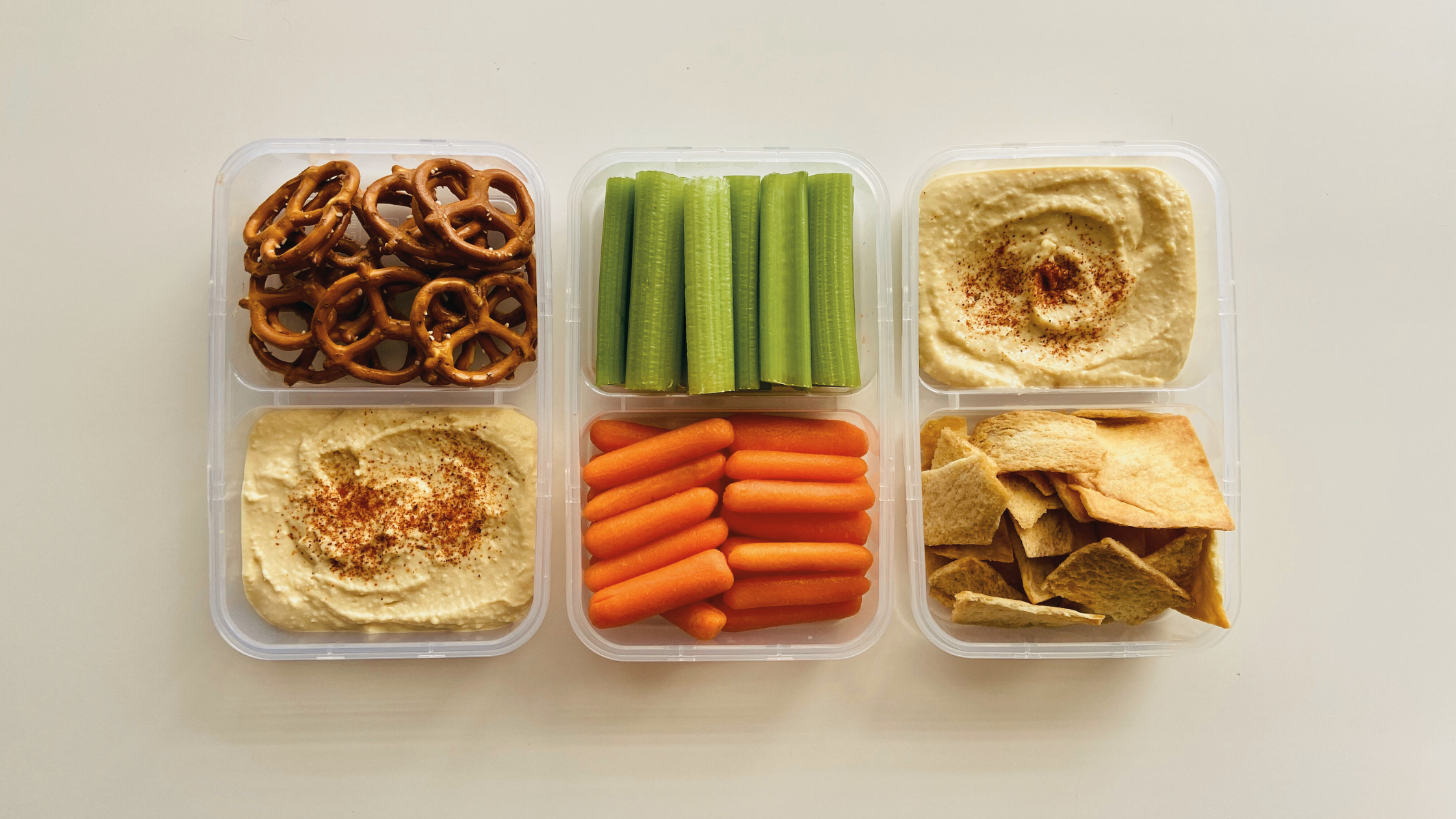How to Build a Snack Station for Kids That Encourages Independence
If you find yourself constantly fielding snack requests throughout the day, you're not alone. Whether it’s the post-school “I’m starving!” or the mid-morning “Can I have something to eat?”, snack time can quickly become a source of interruption, decision fatigue, and even negotiation. But there’s a simple, empowering solution: a kid-friendly snack station.
A thoughtfully designed snack station not only promotes independent eating but also teaches kids responsibility, self-regulation, and healthy food choices. It becomes part of a larger parenting system—one that helps your home run smoother while nurturing confident, capable children.
Here’s how to set up your own snack station and fill it with healthy snack ideas that your kids can grab all on their own.
Step 1: Choose the Right Location
Location matters. Your snack station should be accessible to your child without adult assistance. For toddlers and younger kids, the lower shelf of the fridge or a bottom drawer in the pantry works perfectly. Older kids might be able to reach a designated snack basket on the counter or a mini fridge if you have one.
Ideally, divide the snack station into two parts:
Dry Snacks: Located in a low pantry shelf or cabinet bin.
Cold Snacks: A clear bin or drawer in the fridge with chilled items.
Tip: Label bins with your child’s name or use picture labels for non-readers to make it fun and intuitive.
Step 2: Set Boundaries and Expectations
Before launching your snack station, set clear guidelines:
How many snacks can they take per day?
Are snacks available all day or only at certain times?
Are there “free choice” snacks and “ask first” snacks?
Creating structure ensures your child builds independence within safe, healthy boundaries.
Step 3: Stock It with Healthy Snack Ideas
Here’s where the magic happens. Fill your station with a variety of nutritious, grab-and-go snacks that are kid-approved and parent-approved. Aim for a mix of protein, carbs, and healthy fats to keep them satisfied.
Dry Snack Ideas:
Whole grain crackers or rice cakes
Trail mix (nut-free options for allergy-safe environments)
Unsweetened applesauce pouches
Granola bars with low sugar
Dried fruit
Roasted chickpeas or seaweed snacks
Cold Snack Ideas:
Cheese strings or Babybel cheese
Cut fruit in reusable containers
Yogurt tubes or cups
Hummus with veggie sticks
Hard-boiled eggs
Cottage cheese with berries
Pro tip: Use small containers or portion out servings to prevent waste and make snack time smoother.
Step 4: Make It Easy to Use
Kids love systems they can understand and interact with. Make your snack station visually appealing and simple to use:
Use bins, labels, and dividers
Keep snacks visible and not piled too deep
Consider using a small reusable shopping basket so kids can “shop” for their snack
Want to take it a step further? Let your kids help restock the station each week. This builds life skills and gives them ownership over their choices.
Step 5: Tie It into Your Household Routine
A snack station is more than just convenient—it’s part of a larger household system that promotes autonomy. You can:
Pair it with a visual daily routine or checklist
Add it to your after-school rhythm
Use it to teach responsibility: “If you empty the snack bin, you help refill it.”
When systems like these are introduced with intention, they reduce parental micromanagement and give children a meaningful role in their own care.
Why This Works
Creating a snack station is one of those small parenting tweaks that has big impact. It:
Reduces interruptions during your work or tasks
Encourages healthy habits and better choices
Builds independence and confidence in kids
Helps structure your day and prevent hangry meltdowns
Plus, you model trust and give your child a sense of control in their environment—something that boosts emotional regulation and self-esteem.
Final Thought
At Intentional Household, we believe the best family systems are ones that empower everyone in the home. A snack station is a practical, low-lift way to build independence while still holding your household values and standards. When your child confidently chooses their own snack, it’s about more than just food—it’s a small but powerful step toward raising capable, confident humans.
Looking for more ideas like this?
Explore our blogs and downloadable resources for simple household systems that support intentional parenting.

